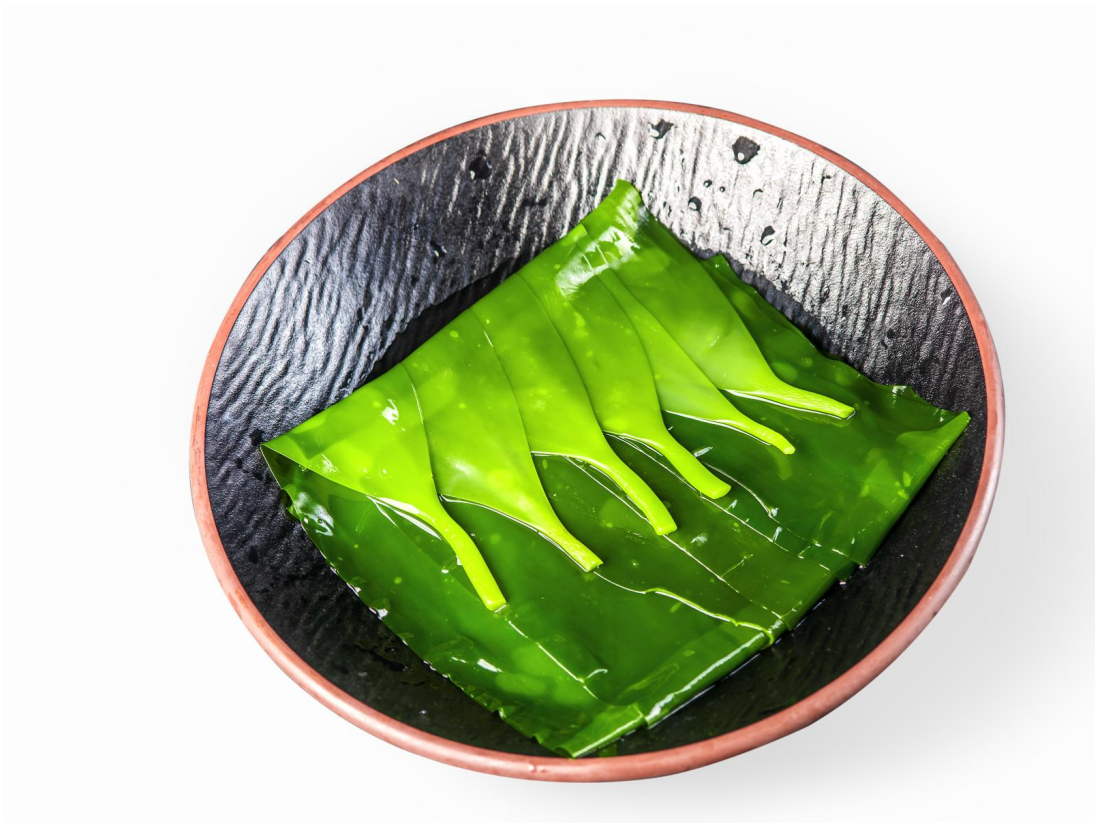Transform Your Aquaculture with Organic Kelp Seedlings: A Comprehensive Guide to Sustainable Growth
Time:
2025-09-24
The idea of using organic kelp seedlings in aquaculture to promote sustainable growth is a great topic. Kelp, a type of seaweed, has been gaining attention in sustainable farming due to its potential to improve water quality and provide ecological benefits.

Here's a comprehensive guide to integrating organic kelp seedlings into aquaculture practices:
Kelp is a fast-growing, nutrient-rich marine plant that can be cultivated in a variety of water environments. Organic kelp farming involves growing kelp without synthetic chemicals or fertilizers, ensuring that the product is environmentally friendly and free from harmful residues.
Benefits of Organic Kelp Seedlings in Aquaculture
1. Water Quality Improvement: Kelp absorbs excess nutrients like nitrogen and phosphorus from the water, reducing the risk of eutrophication. This leads to better water quality, which benefits both the aquaculture ecosystem and the surrounding environment.
2. Carbon Sequestration: Kelp forests play a significant role in carbon sequestration by absorbing CO₂ from the atmosphere. Integrating kelp farming into aquaculture operations can help offset greenhouse gas emissions, contributing to the fight against climate change.
3. Biodiversity Enhancement: Kelp ecosystems support a wide range of marine life. By introducing kelp into aquaculture, you can enhance biodiversity, providing habitats for fish and other marine species.
4. Nutritional Benefits: Kelp is rich in vitamins, minerals, and antioxidants. When incorporated into the aquaculture food chain, it can contribute to healthier and more nutrient-dense seafood.
Best Practices for Cultivating Organic Kelp Seedlings
1. Selecting the Right Species: Choose kelp species that are native to your region and suitable for the water conditions. Common varieties include Saccharina japonica and Macrocystis pyrifera.
2. Seedling Preparation: Organic kelp seedlings are typically grown in nurseries or hatcheries before being transplanted into the aquaculture environment. They should be cultivated in controlled conditions to ensure they are free from pests and diseases.
3. Optimal Growing Conditions: Kelp thrives in cool, nutrient-rich waters. Ensure that your aquaculture site has sufficient water flow and appropriate temperature ranges for optimal growth.
4. Sustainable Harvesting: Harvesting kelp should be done sustainably, ensuring that the plants are not over-exploited and that the ecosystem remains balanced. Regular monitoring and rotation of harvest areas can help maintain healthy kelp populations.
Integration with Aquaculture Systems
1. Polyculture Systems: Kelp can be grown alongside fish, shellfish, and other marine organisms in polyculture systems. This method enhances biodiversity and can help prevent the spread of disease.
2. Integration with Fish Farming: Kelp farming can be integrated with fish farming to create a mutually beneficial relationship. The fish benefit from the improved water quality, while the kelp receives nutrients from fish waste.
3. Sustainability and Certification: Look into obtaining organic certification for your kelp farm. This adds value to your product and ensures that you're adhering to sustainable practices.
Challenges and Solutions
- Environmental Factors: Kelp farming is highly dependent on environmental conditions. If the water temperature is too high or nutrient levels are too low, kelp growth can be hindered. Regular monitoring and adaptive management strategies are essential.
- Market Demand: While organic kelp products are gaining popularity, market demand can still be a challenge. Building relationships with local restaurants, health food stores, and the broader food industry can help grow your market.
- Pest Management: Organic kelp farming requires natural pest management strategies. Avoid synthetic pesticides and instead rely on natural predators or physical methods to control pests.
Incorporating organic kelp seedlings into aquaculture not only provides environmental and ecological benefits but also contributes to the production of sustainable, high-quality seafood. By adopting best practices and focusing on sustainability, aquaculture operations can thrive while preserving marine ecosystems.




